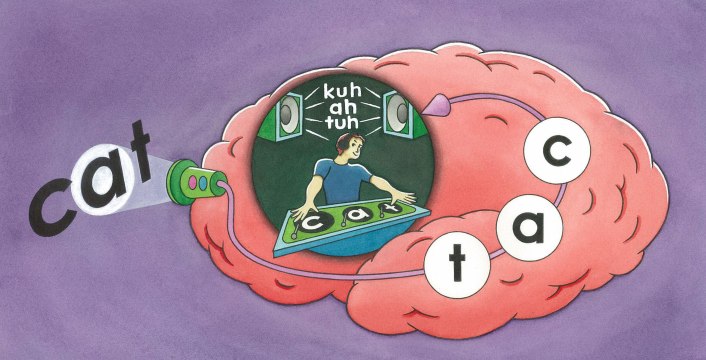Following on from last week’s interview with Dr Duncan Milne on teaching the brain, we thought we’d share with you some quick fire facts on how the brain learns and how it works.
The brain is plastic. It is not a static organ and changes throughout life. Neural pathways and connections change every time a new idea or thought is formed.
Every brain is wired differently. Learning changes the formation of our brain. No two brains are identical, not even twins.
The brain is an interconnected network of cells. How the brain is connected can explain learning. When brain cells fire together, they wire together and activation spreads across the network.
There are parts of the brain that are functionally specialised. Observation of the brain shows distinct areas that are specialised for different aspects of our cognition.
The brain uses parallel processing to carry out multiple operations simultaneously. Parallel processing is fast as there are many parts of the brain at work.
The brain stores information in hierarchical form, so that neighbourhoods of ideas, language, or thoughts can be activated to support thinking and learning.
The brain integrates information across the sensors. It can move across one modality to another by transcoding (for example visual to auditory).
The blue print for the development of our brains comes from our genes. Genes predict the types of abilities we may develop and the difficulties we may face in learning.
The brain has been passed down by evolution. It has not yet evolved for classroom education and must recycle old systems for the purposes of learning.
There are a number of technologies used to examine the brain. This research is in its infancy and there is plenty more to learn about how the brain works.
*Excerpt from Teaching the Brain – The New Science of Education by Dr Duncan Milne, co-founder Junior Learning. Brain illustration from How My Brain Learns to Read by Dr Duncan Milne.
